How to apply protective film to large-size aluminum plates more efficiently
2025-07-19
Large Aluminum Plate Protective Film Application
Applying protective film to large-size aluminum plates requires both efficiency and lamination quality. Efficient operation can be achieved by optimizing processes, tool coordination and teamwork.
Pretreatment & Tool Preparation
First clean the surface of the aluminum plate, wipe it with a dust-free cloth dipped in isopropyl alcohol to remove oil, dust and fingerprints, and avoid bubbles or impurities after lamination.
Prepare special tools:
- Wide scraper (length matches the width of the aluminum plate)
- Positioning suction cup (convenient for moving the aluminum plate)
- Tape measure and marker (mark the lamination reference line)
- Pneumatic laminator for plates exceeding 2 meters
Segmented Positioning & Teamwork
Single-person operation is prone to dislocation due to sagging of the film body. It is recommended that 2-3 people cooperate:
- One person fixes the protective film reel and aligns the reference line
- Another person pushes the scraper diagonally from the middle to both sides
- For ultra-wide plates (>3m), lay on non-slip mat and roll from one end
Special Scenario Techniques
For installed aluminum plates (e.g., curtain walls):
- Use "floating lamination method" with temporary top tape
- Tear off bottom paper in sections while compacting
For curved surfaces:
- Choose ductile PE material protective film
- Fix edges first, then use hot air gun (50-60℃)
- Utilize film ductility to fit arc sections
Through standardized processes, tool assistance and division of labor, the film lamination time of large aluminum plates can be shortened by over 30%, while reducing issues like bubbles and misalignment.
You Might Also Like
-
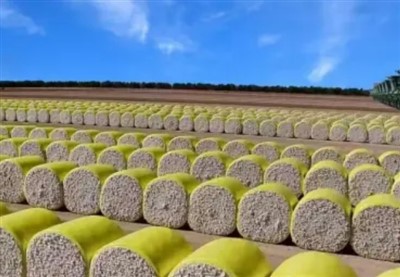
what are the advantages of cotton packaging film
-
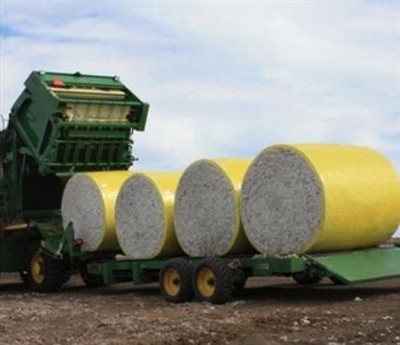
The Advantages of Cotton Wrap Film
-
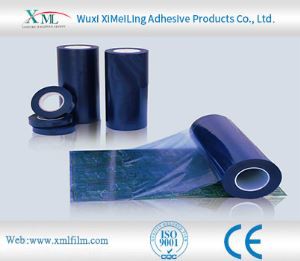
How does pe protective film cope with high temperature environment
-
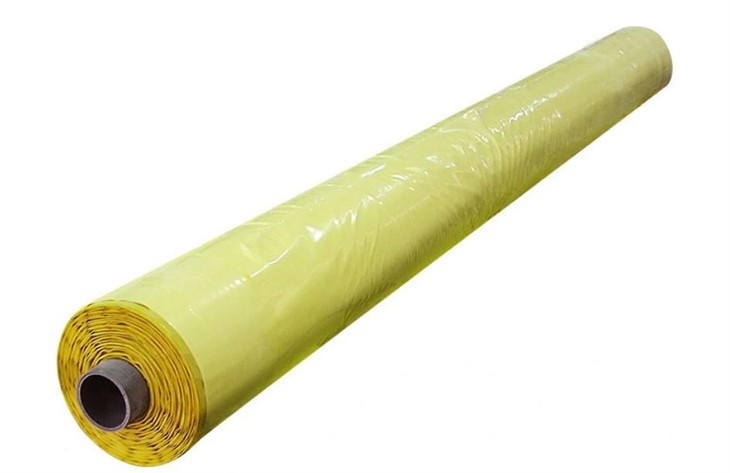
Advantages of Cotton Bale Wrap Film
-
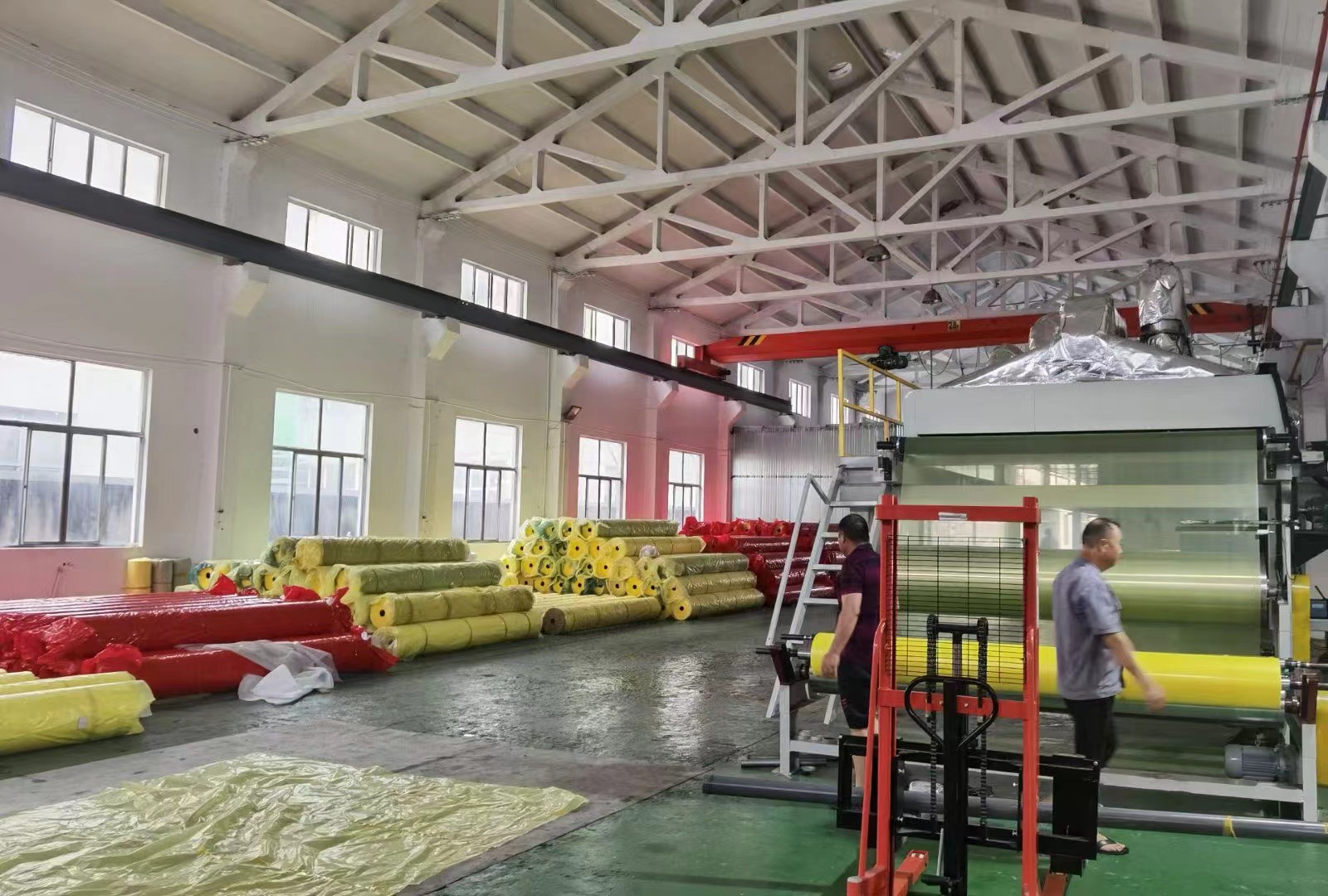
Storage method of cotton bale wrap film
-
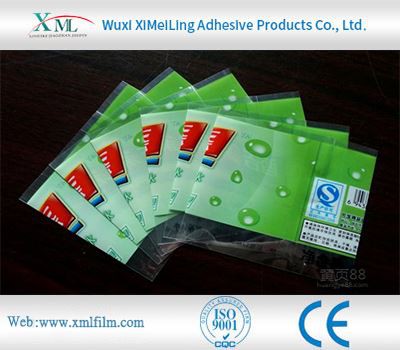
How Polyethylene Packaging Material Copes with High Temperature Environment
